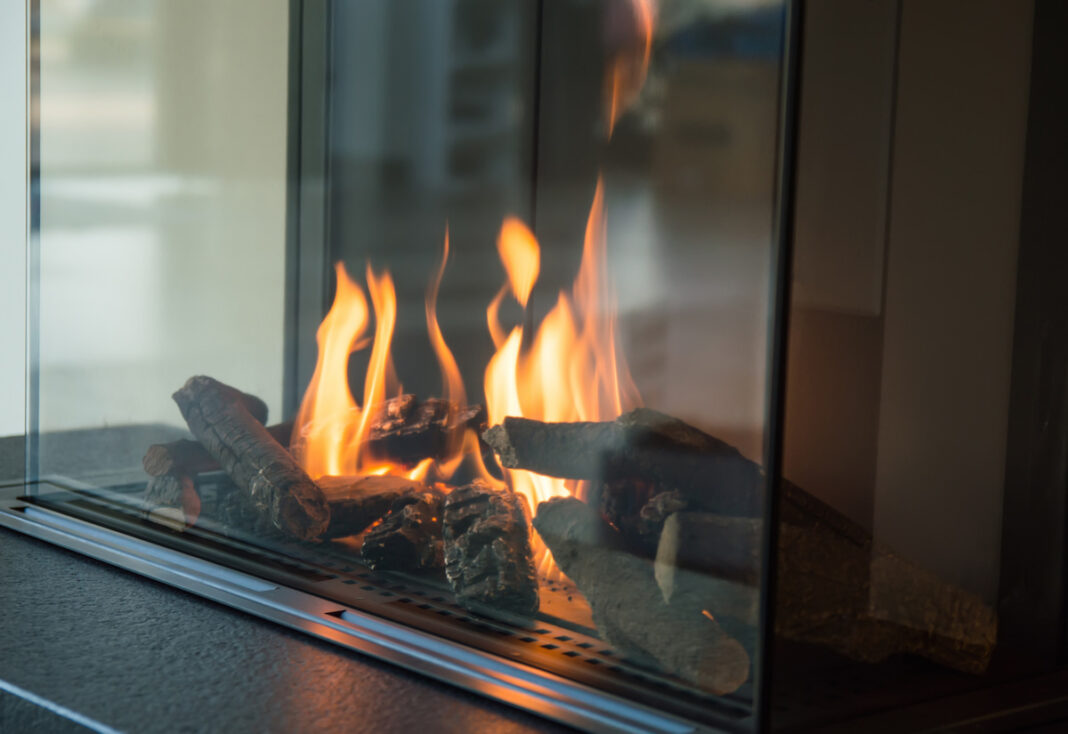As temperatures drop, wood heaters across Canberra fire up, introducing particle pollution to the atmosphere which can be harmful to elderly people, children, people with respiratory issues and pregnant women.
Research shows wood heater smoke to be the biggest air pollutant in New South Wales and the ACT during winter.
Burning 10 kilograms of wood in a modern wood heater can produce up to 15 grams of particulate matter, the same amount as a truck travelling 500km in heavy traffic, according to a 2020 article.
“So a wood-fired heater is like having a truck idling in your living room all day,” the researchers argued.
In the ACT, the government’s Wood Heater Replacement program aims to reduce air pollution by providing a financial incentive for Canberrans to replace old wood heaters with energy efficient alternatives.
Over the past five years, 120 claims have been made through the program managed by the Environment, Planning and Sustainable Development Directorate (EPSDD).
The program’s first year was its busiest, with 29 claims in the 2016/17 financial year, and there were more than 50 claims over the next two years.
Interest in the program dwindled last financial year, with just 15 claims recorded in 2019/20.
But the number of claims has increased by 66% to date this financial year, according to EPSDD figures from mid-April which showed 25 claims since July 2020.
This boost may relate to the HomeBuilder grant, which provided eligible owner occupiers with cash to “substantially renovate an existing home” between June 2020 and March 2021.
It may also have something to do with the sharp increase in the number of Canberrans working from home during the pandemic, eager to save money on utilities with an energy efficient heater.
But Australian science communicator Karl Kruszelnicki AM, also known as Dr Karl, says even modern wood burning stoves are big polluters.
“One new-technology wood burning stove, manufactured to the highest Australian standard, puts out more particles in a single 24-hour day than does a car running for 15,000 km,” he wrote.
“Yes, wood fires are very polluting – and damages people’s lungs and increases health costs.”
Those who choose to stick with their wood heater are legally required to prevent or minimise the environmental impact it may cause by ensuring the heater runs cleanly and efficiently to limit “excessive smoke” and “environmental nuisance”.
An EPSDD spokesperson said the ACT Government’s target was to meet the national air quality standards for particulate matter – PM10 and PM2.5 – as detailed in the National Environment Protection (Ambient Air Quality) Measure.
“The ACT Government has a range of programs to address wood smoke,” the spokesperson said.
Those include education and enforcement activities, the regulation of commercial firewood to ensure it is sold in a seasoned condition, regulation of emissions and efficiency standards for wood heaters sold in the ACT, and the annual Burn Right Tonight public education campaign.
“All of these initiatives have put the ACT at the forefront nationally in addressing wood smoke pollution and have resulted in a significant improvement in our air quality in the last decade.”
How to choose the best firewood
To get the most out of a wood fired heater, ensure wood is dry and well-seasoned.
Well-seasoned wood has been left out to dry, allowing moisture from the tree’s cells and its sap to evaporate to the point it contains less than 20% moisture content.
Softwoods like pine burn quickly, whereas hardwoods like red gum burn more slowly, therefore more efficiently.
The ACT Government recommends buying firewood from an authorised merchant, which must supply by weight not volume and must supply seasoned wood.
Do not burn plastics, painted wood, or chemically treated or contaminated wood, which is illegal under the Environment Protection Act 1997.



